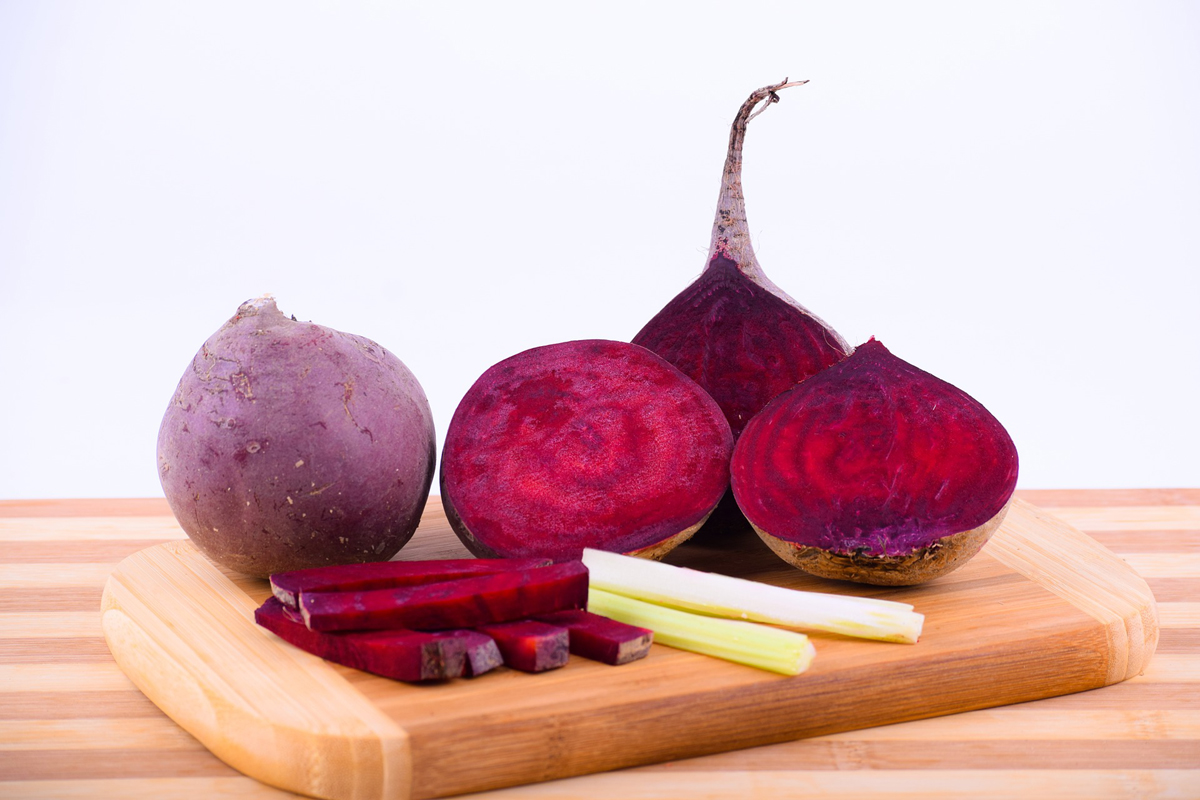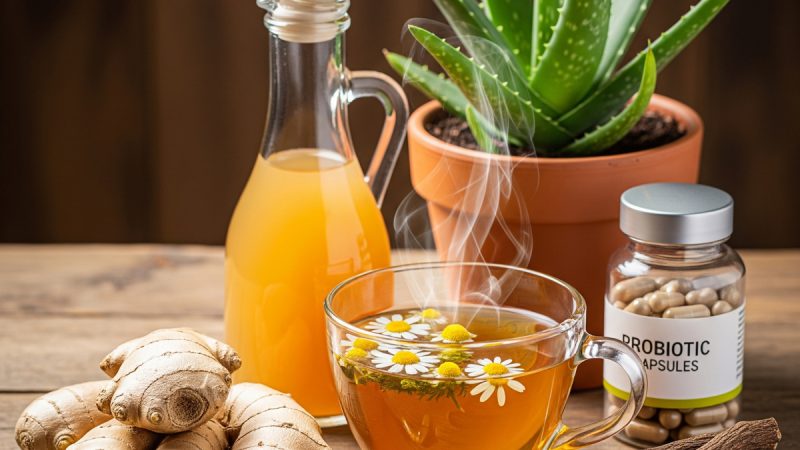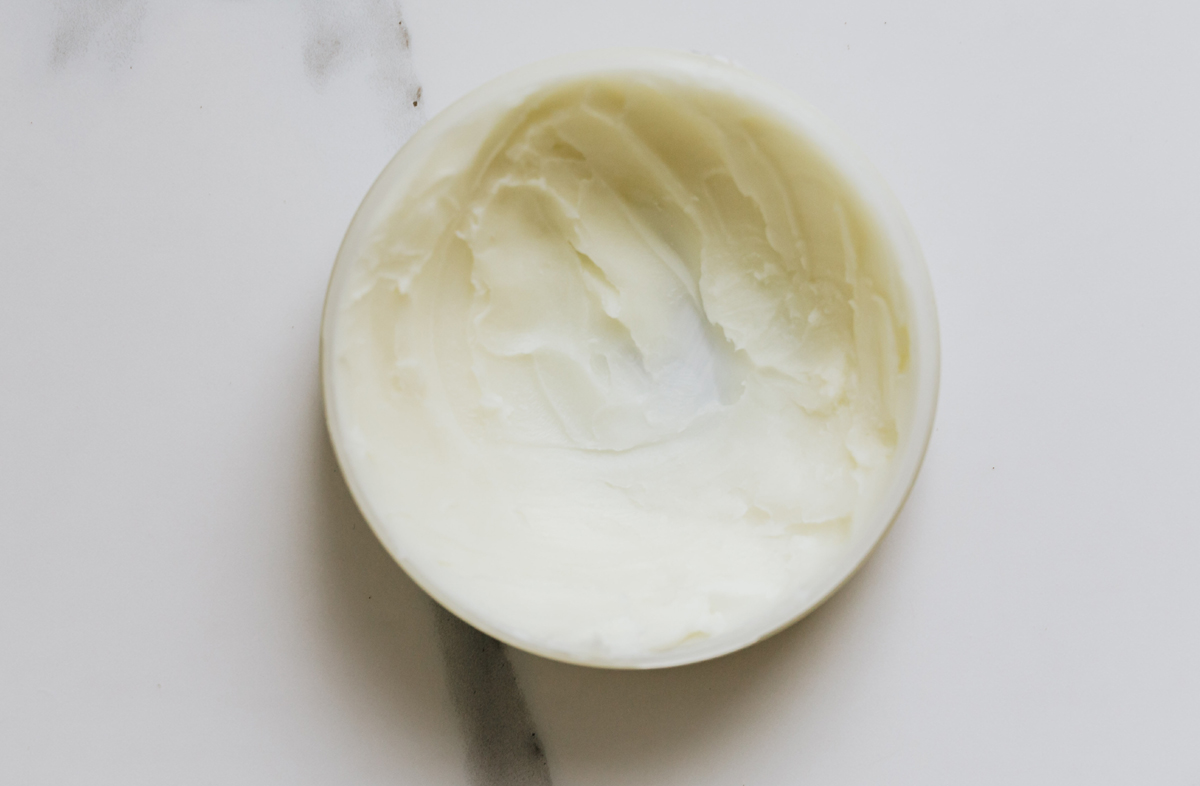Beetroot Nutritional Benefits

Beetroot and Swiss Chard belong to the same family. Beets have a lovely rich red color from pigments called anthocyanins. It is water soluble and cannot be destroyed by heat. Since ancient times, this vegetable has been used for medicinal purposes that contain many healing properties. The beetroot nutritional benefits range from aiding anemia by building red blood cells to aiding digestion and helping the gall bladder and liver function. When beet juice is mixed with carrot juice, this combination provides the body with enough minerals to encourage the healing process.
Beetroot Nutritional Benefits
- Beetroots are a great anti-oxidant
- Rich in fibre and micro nutrients
- Rich in Iron and Calcium
- Contain Vitamin A, Vitamin B-complex and Vitamin C, Iron and Magnesium
- Regulates blood pressure
- Keep bowel movements regular
- Helps to detoxify the body
- Clears the gall bladder, liver and kidneys
- Beet greens are best used for juicing
Tips on Harvesting and Cooking Beetroot
-
- Harvest when the root is firm and swollen. It will usually be sticking out of the ground.
- The bulbs should be scrubbed well till all the soil is removed.
- The beetroot leaves can be used either when they are young or mature.
- The leaves must be washed thoroughly and chopped then cooked.
- The bulbs can be cut into fries, steamed or used fresh.
- Beetroot juice is a very healthy and cleansing drink.
- When juicing beetroots, be sure not to overdose.
- Start by using half a juiced beetroot per week.
Build up your consumption to one per week.
Recipe using Beetroot
Beetroot Salad
Ingredients:
- Beetroot (2-3 large ones)
- 4 large Carrots
- 1 Pineapple peeled and diced
Directions:
Grate the beetroot and carrots; add the pineapple and you have a tasty salad.
Simple and nutritious – serve with fresh bread.
How to Grow Beetroot
- The seeds, much like Swiss Chard are best planted directly in the place you want them to grow.
- It is important to keep the soil moist around the seedlings.
- In five to eight days after planting them, you will see the little leaves of the beetroot appear from beneath the soil.
- They will shoot upwards and after about two and a half months, you should see the bulb beginning to form.
- You can push the soil up around the beetroot bulb, as this will allow it to become larger. This is called ridging.
- Be sure to give maturing roots space in which to grow without crowding them.
Companions of Beetroot
They have many companions and these include: Beans, Lettuce, Garlic, Onions, Kohlrabi and Cabbage.
However, Beetroot is not fond of growing near Mustard.
This vegetable is extremely simple to integrate into your diet; its so easily available in stores or just easy to grow. But the best reason to eat beetroot is for the beetroot nutritional benefits that assist in good health.
The Author:
Jeannine Davidoff loves painting, creating and being inspired by life through my art. In the past 5 years, my passion for organic gardening has lead me to write a series of articles and a book Companion Planting, an easy and simple way to eating organic food straight from your own garden. I incorporate my specialization in Bio dynamic agriculture that integrates nature with organic planting.








